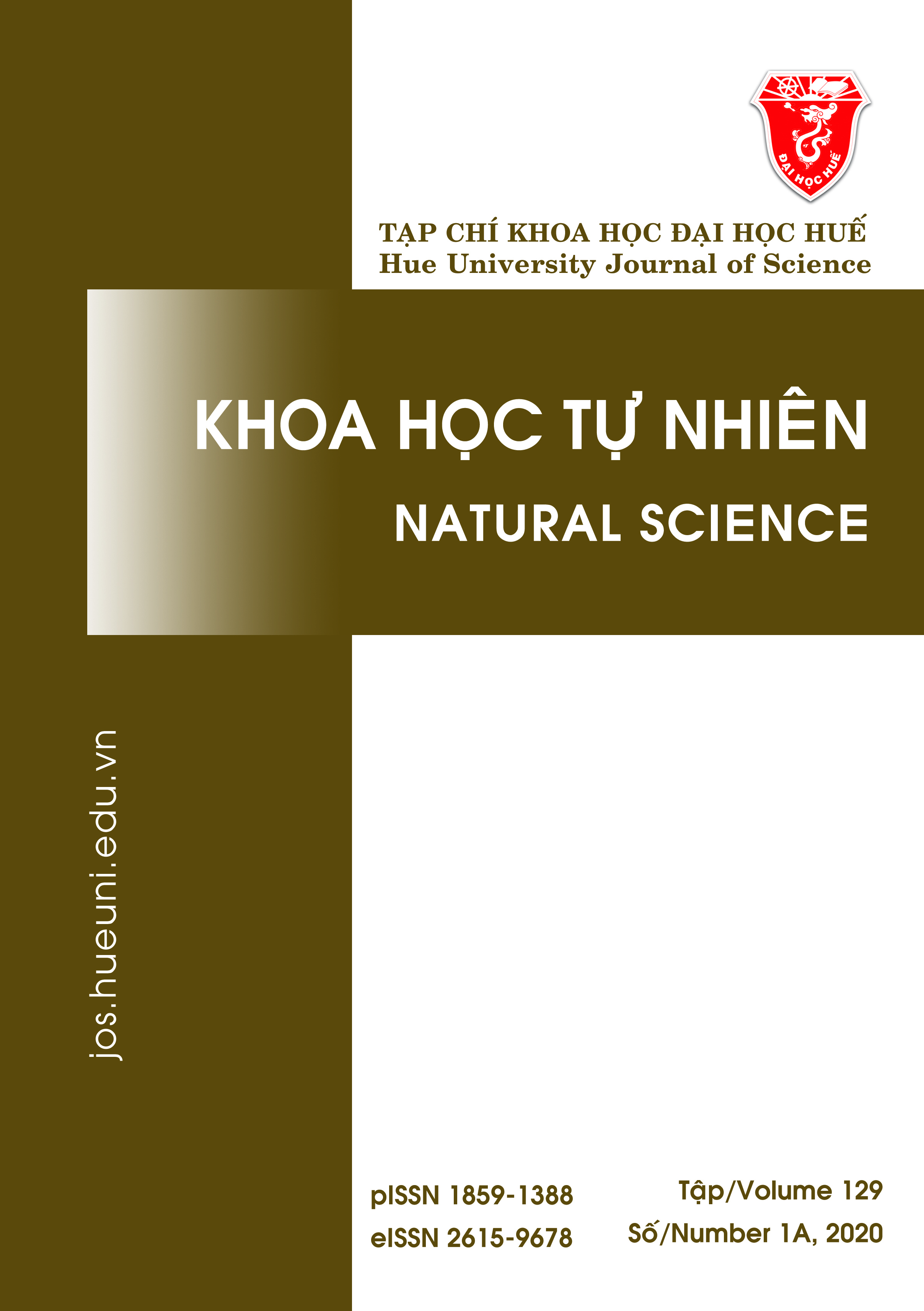Abstract
Dragon fruit (Hylocereus undatus), a tropical fruit, is rich in valuable nutrients such as vitamins, minerals, and fiber. Therefore, this fruit can be considered as a suitable source for the growth of lactic acid bacteria. In Vietnam, dragon fruit is directly consumed or used for the production of alcoholic fermented beverages. In this study, the juice was fermented by using Lactobacillus acidophilus to fabricate beverages rich in probiotics to diversify the products. The optimal culture conditions are as follows: pH 6.0, initial cell density of lactic acid bacteria 4.8 × 107 (CFU/mL), dry matter concentration 16 °Bx, and fermentation time 72 h. The product consists of 10 log (or 2.5 × 1010 CFU/mL) of L. acidophilus. The survival of probiotics in fermented dragon fruit juice remains at 94.39% after 2 h in the simulated gastric fluid medium and 77.19% after 4 h in the simulated intestinal fluid medium. After 21 days of storage at 4 °C, the viable count of probiotics decreased to 9.91 log.
References
- Septembre-Malaterre A, Remize F, Poucheret P. Fruits and vegetables, as a source of nutritional compounds and phytochemicals: Changes in bioactive compounds during lactic fermentation. Food Research International. 2018 02;104:86-99.
- Fernandes Pereira AL, Rodrigues S. Turning Fruit Juice Into Probiotic Beverages. In: Rajauria G, Tiwari BK, editors. Fruit Juices. London: Academic Press; 2018. p. 279-87.
- Patel A. Probiotic fruit and vegetable juices- recent advances and future perspective. International Food Research Journal. 2017;24:1850-1857.
- Minh VĐ, Thanh LVT, Vũ KH, Thanh TN. Phân tích chuỗi giá trị thanh long tại huyện Chợ Gạo tỉnh Tiền Giang. Tạp chí Khoa học Trường Đại học Cần Thơ. 2015;36:10-22.
- Kalita D, Saikia S, Gautam G, Mukhopadhyay R, Mahanta CL. Characteristics of synbiotic spray dried powder of litchi juice with Lactobacillus plantarum and different carrier materials. LWT. 2018;87:351-360.
- Angelov A, Gotcheva V, Kuncheva R, Hristozova T. Development of a new oat-based probiotic drink. International Journal of Food Microbiology. 2006; 112(1):75-80.
- Thước TL. Phương pháp phân tích vi sinh vật trong nước, thực phẩm và mỹ phẩm. Hà Nội: Nxb Giáo Dục; 2005.
- Tư HD. Kỹ thuật phân tích cảm quan thực phẩm. Hà Nội: Nxb Khoa học và Kỹ thuật; 2006.
- Mousavi ZE, Mousavi SM, Razavi SH, Hadinejad M, Emam-Djomeh Z, Mirzapour M. Effect of Fermentation of Pomegranate Juice byLactobacillus plantarumandLactobacillus acidophiluson the Antioxidant Activity and Metabolism of Sugars, Organic Acids and Phenolic Compounds. Food Biotechnology. 2013;27(1):1-13.
- Ding WK, Shah N. Survival of Free and Microencapsulated Probiotic Bacteria in Orange and Apple Juices. Int Food Res J. 2008;15:219-232.
- Kumar R, Grover S, Batish VK. Bile Salt Hydrolase (Bsh) Activity Screening of Lactobacilli: In Vitro Selection of Indigenous Lactobacillus Strains with Potential Bile Salt Hydrolysing and Cholesterol-Lowering Ability. Probiotics and Antimicrobial Proteins. 2012;4(3):162-172.
- Mortazavian AM, Sohrabvandi S. Probiotics and food probiotic products; based on dairy probiotic products. Tehran: Eta Publication. 2006.

This work is licensed under a Creative Commons Attribution-ShareAlike 4.0 International License.
Copyright (c) 2020 Array




